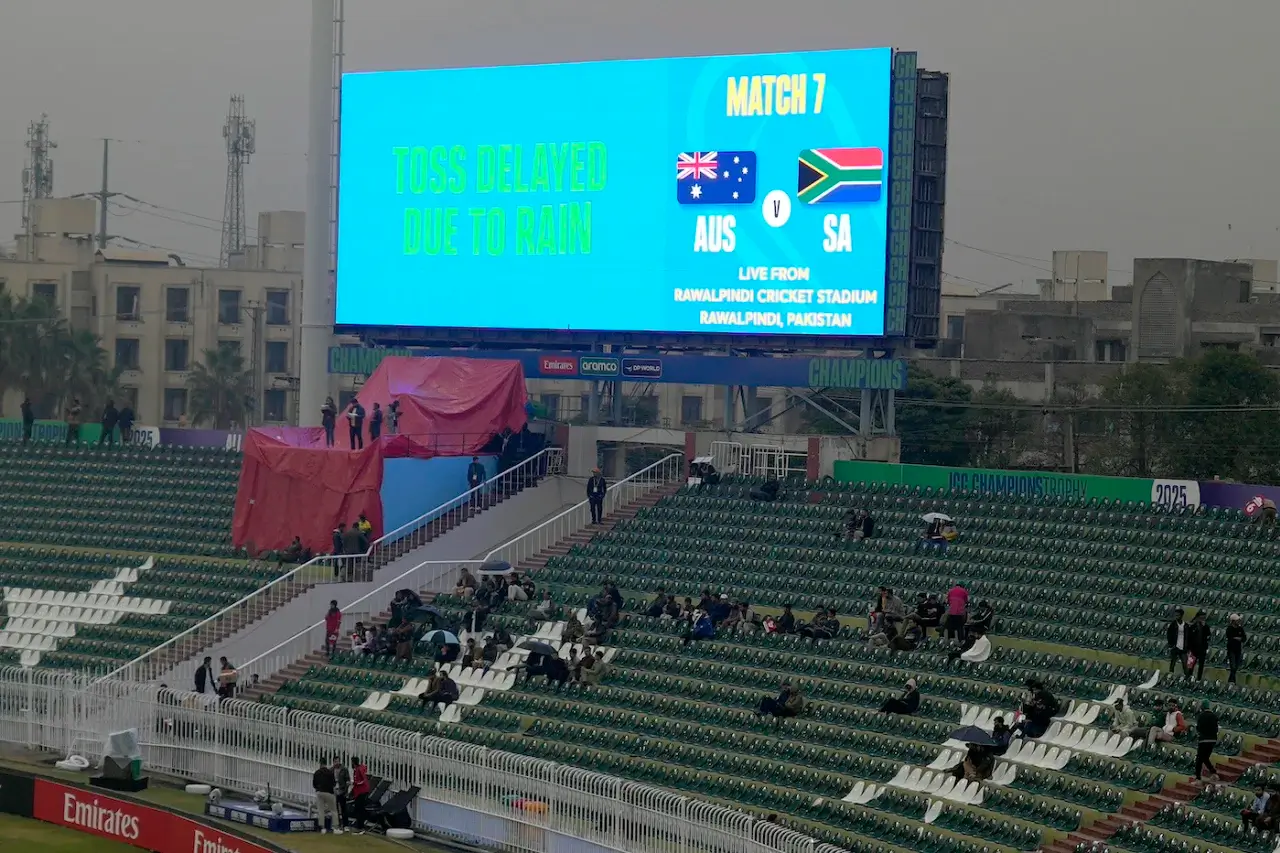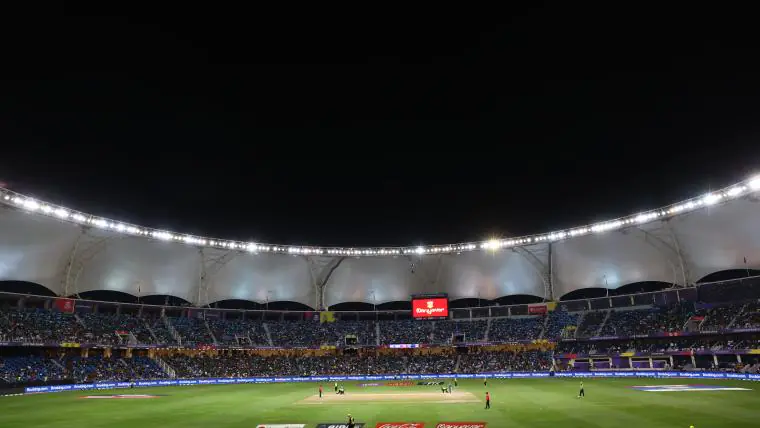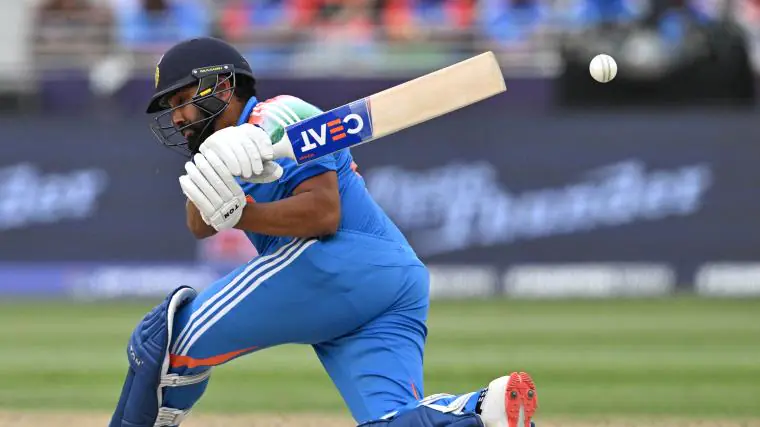
Cricket, a sport deeply rooted in tradition, often faces challenges due to unpredictable weather and unforeseen interruptions. Understanding match cut-off times and abandonment rules is crucial for players, officials, and fans to navigate these disruptions effectively.
Overview of Cricket Match Interruptions
Weather conditions, particularly rain, frequently disrupt cricket matches, leading to delays or even cancellations. Such interruptions can significantly impact the flow of the game and its outcome.
Importance of Understanding Match Cut-Off Times and Abandonment Rules
Knowledge of match cut-off times and abandonment rules ensures that teams and officials make informed decisions during interruptions, maintaining fairness and the integrity of the sport.
Defining Match Cut-Off Times
What Are Match Cut-Off Times?
Match cut-off times refer to the latest permissible time a match can continue before it is concluded, either by reaching a result or being abandoned.
Historical Context and Evolution
Historically, cricket matches were played without strict time constraints. However, the need for structured scheduling and broadcasting requirements led to the establishment of cut-off times, ensuring matches conclude within a reasonable timeframe.
Key Factors Determining Cut-Off Times
Weather Conditions and Stadium Preparedness
Adverse weather, especially rain, can render the pitch unplayable. Stadiums equipped with efficient drainage systems and ground staff can reduce delays, but persistent poor weather may still lead to reaching the cut-off time.
Official Regulations and Guidelines
The International Cricket Council (ICC) provides guidelines on match timings. For instance, in Test matches, a minimum of 90 overs should be bowled each day, with provisions for making up lost time due to interruptions.
Unpacking Abandonment Rules in Cricket
What Does It Mean to Abandon a Match?
Abandoning a match occurs when play cannot continue due to factors like weather, and no result can be achieved within the scheduled time.
Criteria for Declaring a Match Abandoned
In limited-overs cricket, if the minimum number of overs required for a result hasn’t been bowled, the match is abandoned. In Test cricket, persistent interruptions without the possibility of a result can lead to abandonment.
Impact on Teams and Tournament Outcomes
Abandoned matches can affect team standings, especially in tournaments where points are awarded for wins. For example, during the 2019 Cricket World Cup, approximately 15% of matches were either shortened or abandoned due to rain, impacting team strategies and tournament progression.
The Role of the DLS Method in Managing Interruptions
Overview of the Duckworth-Lewis-Stern (DLS) Method
The DLS method is a mathematical formula used to recalculate target scores in limited-overs cricket matches interrupted by weather. It considers the overs and wickets remaining to set a fair target for the team batting second.
Adjusting Targets and Cut-Off Times Using DLS
When interruptions occur, the DLS method adjusts the target score based on the resources (overs and wickets) available to both teams. For instance, in the 2003 Cricket World Cup, a rain interruption led to a revised target, showcasing the method’s application.
Case Study: High-Profile Match Applications
In the 2011 England vs. India ODI series, frequent rain interruptions led to multiple DLS recalculations. The match concluded with a tie, highlighting the DLS method’s role in ensuring a fair outcome despite disruptions.
Comparative Analysis of Global Cricket Regulations
ICC Guidelines vs. Domestic Tournament Rules
While the ICC sets standard regulations for international matches, domestic cricket boards like the Board of Control for Cricket in India (BCCI) and England and Wales Cricket Board (ECB) may have specific rules tailored to local conditions. These can include variations in cut-off times and handling of weather interruptions.
Challenges and Controversies in Rule Implementation
Implementing uniform rules globally can be challenging due to varying regional climates. For example, England’s frequent rain contrasts with the arid conditions in parts of Australia, necessitating flexible approaches. Ben Stokes, England’s Test captain, has highlighted frustrations with over-rate penalties, suggesting that regional playing conditions and the dominance of seam or spin bowling should be considered in regulations. citeturn0news1
Common Questions Answered
- What happens if rain interrupts a cricket match?
- If rain interrupts play, officials may reduce the number of overs or use methods like DLS to set revised targets.
- How is a match declared abandoned?
- A match is abandoned if play cannot continue and the minimum overs required for a result haven’t been bowled.
- Does an abandoned match affect tournament points?
- Yes, in many tournaments, both teams receive equal points for an abandoned match.
Preparing for Weather Interruptions
- Teams: Develop strategies anticipating possible reductions in overs.
- Organizers: Invest in quality pitch covers and drainage systems to minimize delays.
Strategies for Efficient Decision-Making
- Officials: Stay updated with weather forecasts to make timely decisions.
- Captains: Understand DLS calculations to inform batting or bowling strategies during interruptions.
Understanding match cut-off times and abandonment rules is essential for navigating the complexities introduced by weather interruptions in cricket. The DLS method plays a pivotal role in ensuring fair play during such events.
As climate patterns shift, cricket authorities may need to adapt regulations, possibly incorporating more flexible scheduling or advanced forecasting technologies to better manage interruptions.
Staying informed about these rules and their applications ensures that all stakeholders can appreciate the nuances of the game, even when nature intervenes.
Check out the Champions Trophy Stats


